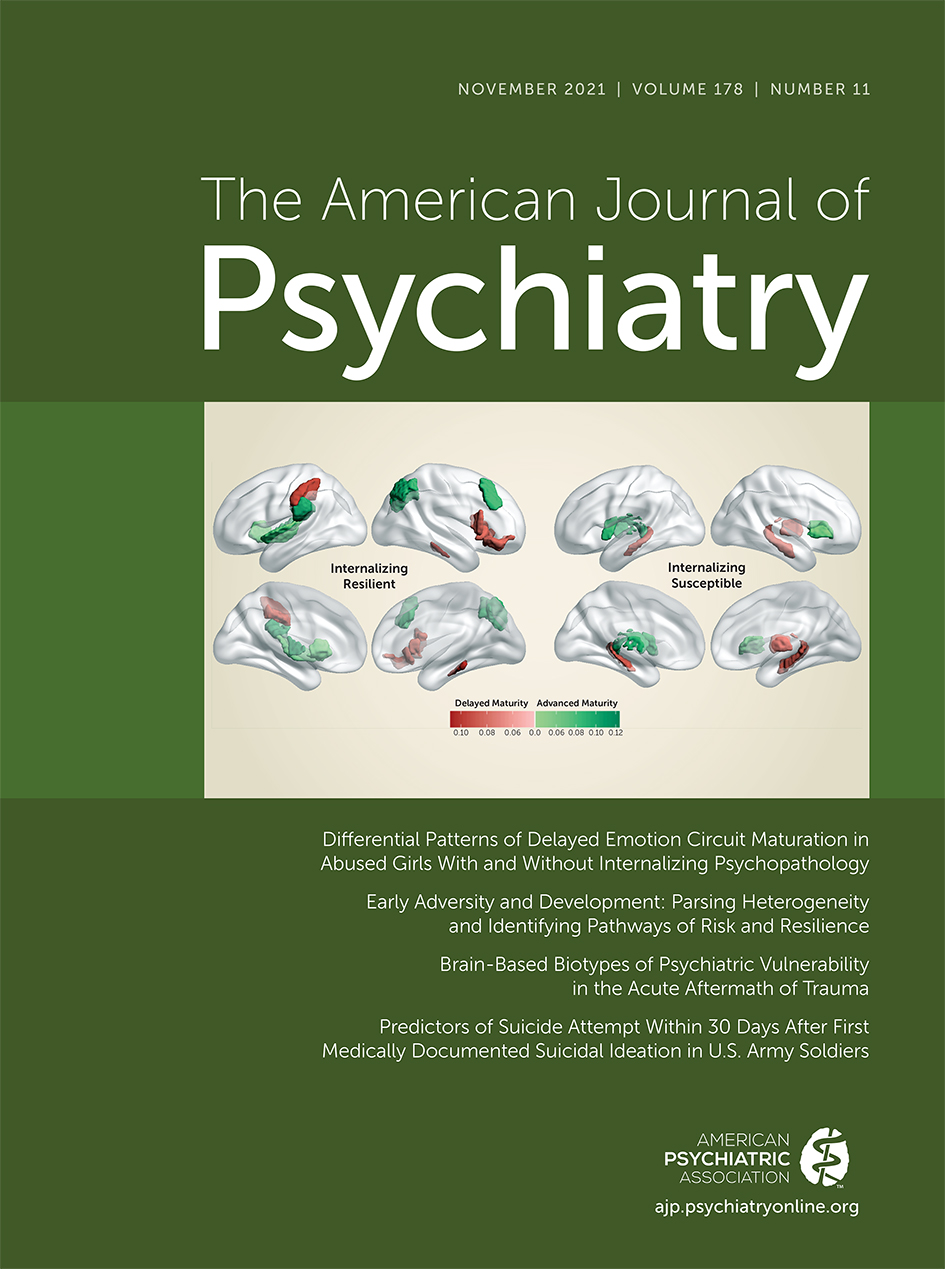Predictors of Suicide Attempt Within 30 Days After First Medically Documented Suicidal Ideation in U.S. Army Soldiers
Abstract
Objective:
The authors sought to identify predictors of imminent suicide attempt (within 30 days) among U.S. Army soldiers following their first documented suicidal ideation.
Methods:
Using administrative data from the Army Study to Assess Risk and Resilience in Servicemembers, the authors identified 11,178 active-duty Regular Army enlisted soldiers (2006–2009) with medically documented suicidal ideation and no prior medically documented suicide attempts. The authors examined risk factors for suicide attempt within 30 days of first suicidal ideation using logistic regression analyses, including sociodemographic and service-related characteristics, psychiatric diagnoses, physical health care visits, injuries, and history of family violence or crime perpetration or victimization.
Results:
Among soldiers with first documented suicidal ideation, 830 (7.4%) attempted suicide, 46.3% of whom (N=387) attempted suicide within 30 days (rate, 35.4 per 1,000 soldiers). Following a series of multivariate analyses, the final model identified females (odds ratio=1.3, 95% CI=1.0, 1.8), combat medics (odds ratio=1.6, 95% CI=1.1, 2.2), individuals with an anxiety disorder diagnosis prior to suicidal ideation (odds ratio=1.3, 95% CI=1.0, 1.6), and those who received a sleep disorder diagnosis on the same day as the recorded suicidal ideation (odds ratio=2.3, 95% CI=1.1, 4.6) as being more likely to attempt suicide within 30 days. Black soldiers (odds ratio=0.6, 95% CI=0.4, 0.9) and those who received an anxiety disorder diagnosis on the same day as suicidal ideation (odds ratio=0.7, 95% CI=0.5, 0.9) were less likely.
Conclusions:
Suicide attempt risk is highest in the first 30 days following ideation diagnosis and is more likely among women, combat medics, and soldiers with an anxiety disorder diagnosis before suicidal ideation and a same-day sleep disorder diagnosis. Black soldiers and those with a same-day anxiety disorder diagnosis were at decreased risk. These factors may help identify soldiers at imminent risk of suicide attempt.



